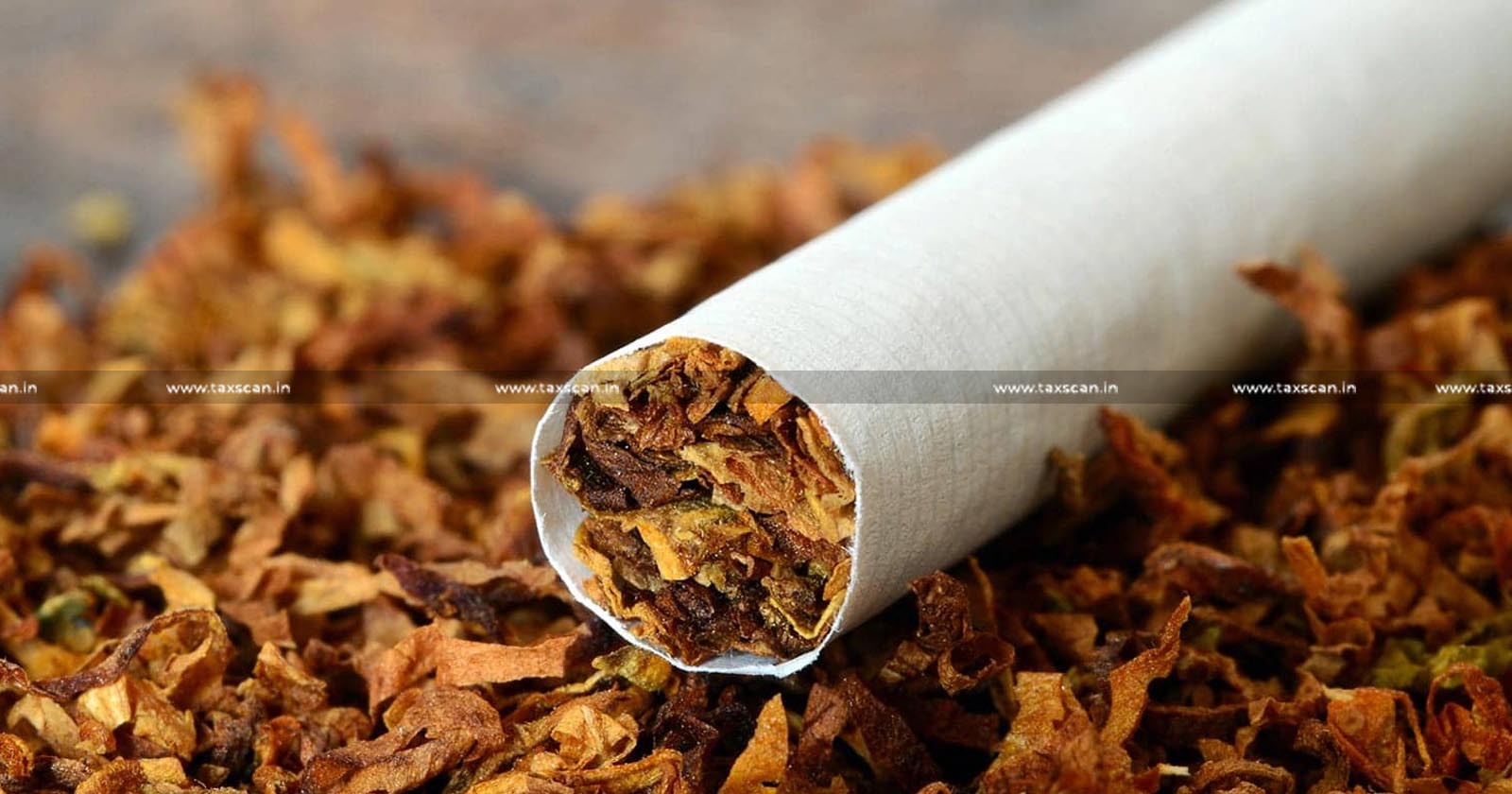Tobacco Tax Hike: Report Submission unlikely anytime Soon as Committee lies Dormant

Tobacco Tax – Tobacco Tax Hike – Tobacco Tax Committee – Committee – Taxscan
Tobacco Tax – Tobacco Tax Hike – Tobacco Tax Committee – Committee – Taxscan
Sources have revealed that the committee established to propose an increase in tobacco taxation in India, in October 2021 has been inactive ever since and is unlikely to present a report any time soon.
The nine-member committee, led by the health ministry's additional secretary, is tasked with examining current taxes on tobacco and formulating a plan to increase them in line with World Health Organization (WHO) guidelines to reduce demand.
The committee comprises representatives from the Goods and Services Tax (GST) Council, NITI Aayog, Central Board of Indirect Taxes and Customs (CBIC), the revenue department's Tax Research Unit, the WHO country office for India, and the National Institute of Public Finance and Policy (NIPFP).
According to sources, "The committee is dormant. Chairman has not convened any meeting for a very long time now, about a year. Without a meeting, you cannot expect any report to be submitted. The intent was shown in forming the committee, but after that no progress."
The Indian government is urged to raise the National Calamity Contingent Duty (NCCD), GST cess, and ad valorem each by 10 per cent to increase the overall tax on tobacco above the per capita income and inflation growth. The effective burden on consumers will depend on the tax increase and the rise in retail prices by tobacco companies.
Despite WHO recommendations for at least 75 per cent tax on tobacco products, the effective rate on cigarettes in India is 52.7 per cent and 22 per cent on beedi. There has been little to no increase in tobacco taxes over the last five years. The tax burden on tobacco products is far below the 75 per cent recommended by the WHO. India is lagging in tobacco taxation since the GST was introduced, and there has been no revision in tobacco tax. Therefore, tobacco products have become more affordable in India.
In this year's budget, there was a minor adjustment in the NCCD, but it was insignificant. The increase in NCCD for cigarettes was only 16 per cent, and since the NCCD comprises only 10 per cent of the overall cigarette tax, the effective overall tax increase was just 1.5 per cent. In the pre-GST era, Union budgets would regularly increase tobacco excise duty. However, that is not the case with GST. The GST rate on tobacco is 28 per cent, and the cess can be increased under GST. Currently, the cess on cigarettes depends on the length of the cigarette, ranging from the highest Rs 4,170 per 1,000 cigarettes plus 36 per cent ad valorem to Rs 2,076 per 1,000 sticks plus 5 per cent.
Meanwhile, the Indian government and public sector undertakings hold significant stakes in tobacco companies like ITC. The government has a 7.86 per cent stake in ITC through the Specified Undertaking of the Unit Trust of India (SUUTI), and LIC holds a 15.27 per cent stake in ITC as of December 2022. Other insurance companies also own a stake in ITC, including New India Assurance Company with a 2.07 per cent stake, General Insurance Corporation of India with a 1.84 per cent stake, Oriental Insurance Company with a 1.64 per cent stake, and National Insurance Company with a 1.57 per cent stake.
Moreover, no cess is imposed on beedi, despite it being the most commonly used tobacco product in India. There is no public health reason for excluding beedi from the cess. Therefore, concerns remain, and the government is not taking significant action to address them.
In a report tabled in Parliament in December 2022, the parliamentary standing committee on Health stated, "India has one of the lowest prices for tobacco products, and there is a need to increase taxes on tobacco products. The Committee accordingly recommends the Government to raise taxes on tobacco and utilize the additional revenue gained for cancer prevention and awareness."
In 2018, as many as 38 countries, covering 14 per cent of the global population, had sufficiently high tobacco taxes of at least 75 per cent of the cost, according to a WHO report.
Support our journalism by subscribing to Taxscan premium. Follow us on Telegram for quick updates


